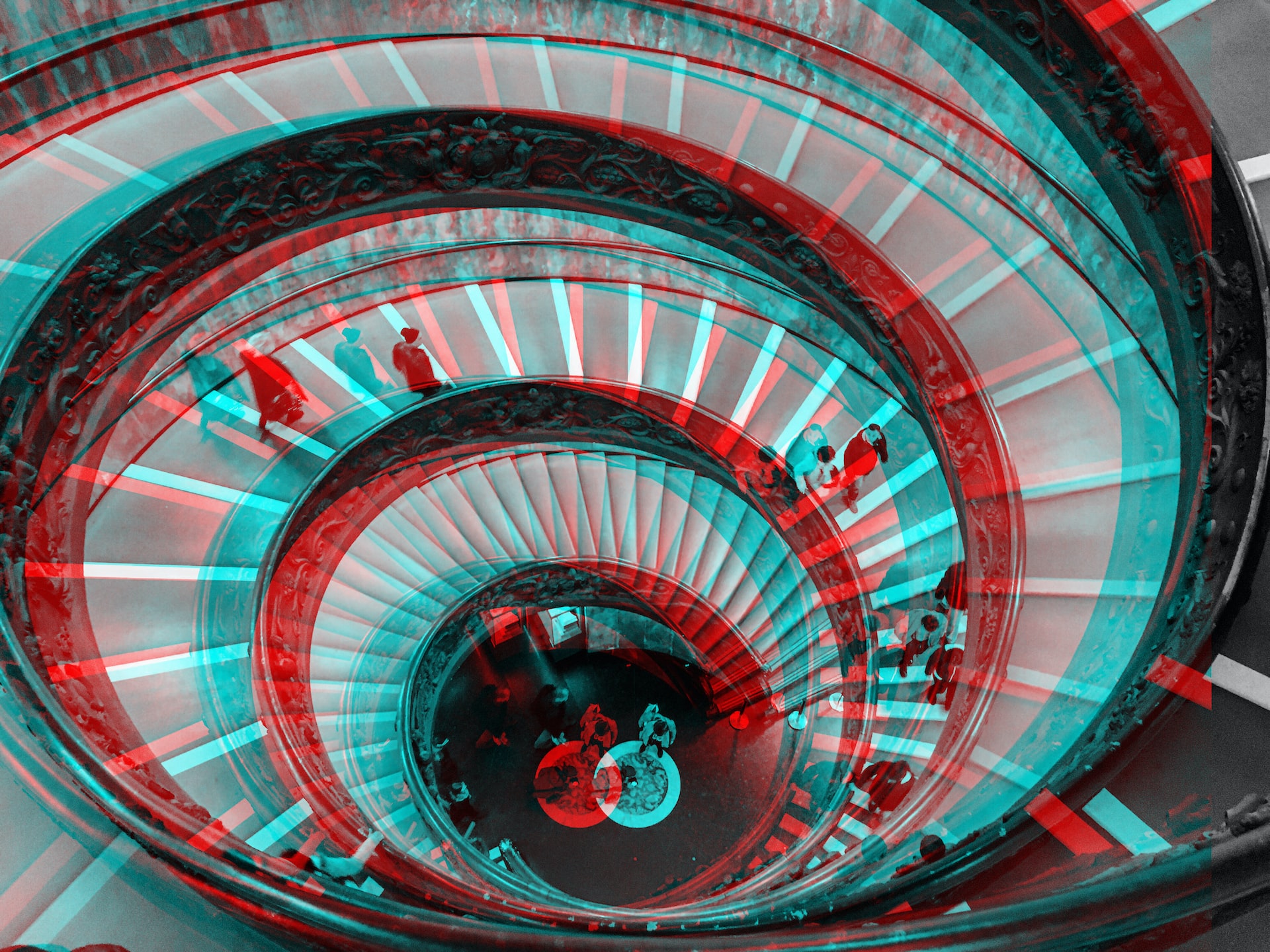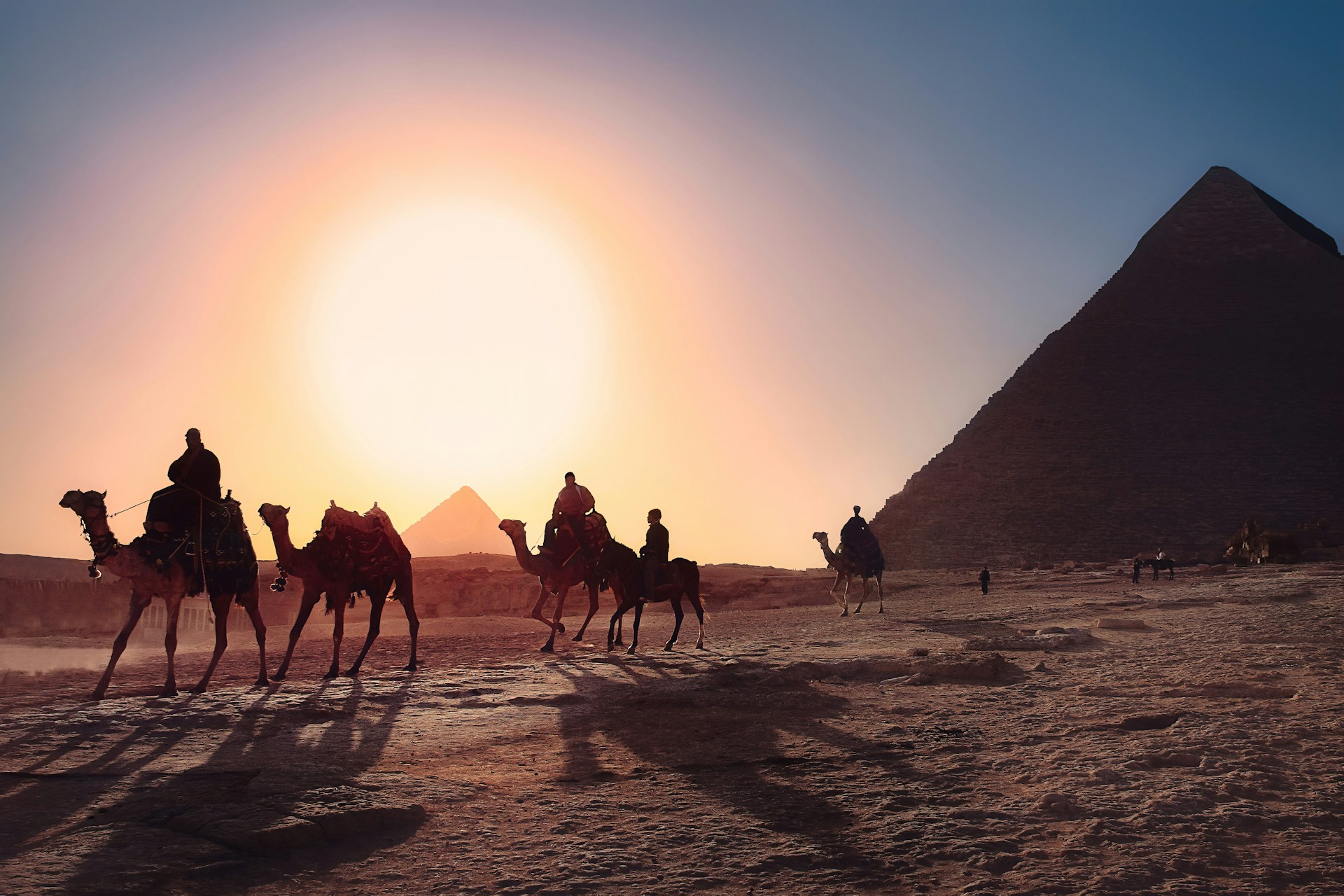Art Basel Shabbat


Art Basel is here and even the most philistine Miamian is out and about commenting on the art they see.
For centuries, Jews created art, but it was almost exclusively for practical purposes — beautiful mezzuzot cases, lovely candelabras for Shabbat and holiday candle lighting, seder plates, and the like — because of the second commandment prohibition in Exodus 20:4 against graven images:
“You shall not make for yourself a carved image, any likeness of anything that is in heaven above, or that is in the earth beneath, or that is in the water under the earth, you shall not bow down to them or serve them.”
[Of course, those who have visited the ancient synagogue at Beit Alfa in Israel with its mosaic depictions of animals and humans know that this prohibition was interpreted more loosely in various times and places.]
Moslems also adhere strictly to the prohibition against images, which is why mosques are decorated solely with geometric designs and Arabic script (excerpts from the Koran).
But the Catholic Church reinterpreted the second commandment to allow for the veneration of images as long as the worshiper recognizes the material of the icon, statue, or image has become a channel to the divine, rather than a god itself.
That is why so many medieval (Catholic and Christian) artists created art representing Biblical scenes and figures.
This particular parasha, Vayeitzei / “And he left,” is an artistic favorite, especially the opening scene in which Yaakov / Jacob stops to sleep on his journey to his mother’s family and dreams about angels going up and down a ladder between heaven and earth.
Jacob left Beer-Sheba, and set out for Haran. He came upon a certain place and stopped there for the night, for the sun had set. Taking one of the stones of that place, he put it under his head and lay down in that place. He had a dream; a stairway was set on the ground and its top reached to the sky, and angels of God were going up and down on it (Genesis 28: 10-12).
So how does an artist portray a seminal spiritual encounter?
Imagine that you stopped for the night in a strange place and camped by the side of the road. You are running for your life, because your brother has threatened to kill you. You are alone.
How do you feel? What are your fears? Your hopes? Your dreams for the future?
What do YOU see when you think of a dream like Jacob’s?
Whatever that is, it can be depicted in an artistic fashion and many artists over the years have actually done so.
Some of these paintings or graphic depictions tell us what was on Yaakov’s mind. Some help us understand how the artist (and his / her culture) might imagine divine beings. Some utilize a lot of color and some very little at all.
That’s what makes art so fascinating — each representation conveys so much at the same time about the artist and their culture, the geography they envision, their beliefs and theology, their imagination as well as obviously, their skill.
Below are seven paintings listed in a blog by Laura Conrad Mandel for Jewish Arts Collaborative that show seven very different renderings of this famous scene. As she says, “Through this one portion and these seven paintings, we can see thousands of years of history and culture—divergent takes from across time and space on the same ancient text.” Enjoy!
“Jacob’s Dream” by David Sharir, 1970 - David Sharir is a modern Judaica and print maker, whose shapes, colors and gold leaf feel simultaneously ancient and contemporary as he illustrates stories of Jewish texts.
“The Jacob’s Dream” by Marc Chagall, 1966 - A most iconic work of modern Jewish art, Marc Chagall (born Moishe Shagal) painted this oil at Saint-Paul-de-Vence, France, the commune known for housing Picasso.
“Jacob’s Ladder” by Helen Frankenthaler, 1957 - Helen Frankenthaler was an Upper East Side born and bred Jewish-American abstract expressionist painter who died in 2011.
“Jacob’s Dream” by Jose de Ribeira, 1639 - Jacob’s Dream” (Spanish: El Sueño de Jacob) is a 1639 oil-on-canvas painting by the Spanish painter José de Ribeira (known as Lo Spagnoletto, “the little Spaniard,” by his contemporaries) that hangs in the Museo del Prado in Madrid.
“Jacob’s Dream” by Georgio Vasari, 1540 - Georgio Vasari was an Italian Renaissance painter artist most known for his saint portraits.
“Jacob’s Dream” by Raphael, 1518 - Italian Renaissance great Raphael shows this divine vision is his painting “Jacob’s Dream.”
“Jacob’s Dream of a Ladder” by Nicolas Dipre, c. 1500 - French Renaissance painter Nicolas Depri portrayed angels climbing the ladder and this hangs at the Musée du Petit Palais in Avignon (Southern France).
Wishing everyone a very enjoyable Art Basel experience!
Shabbat Shalom




